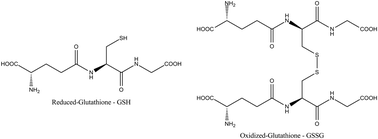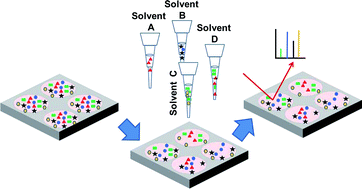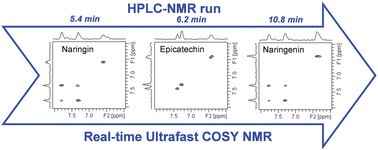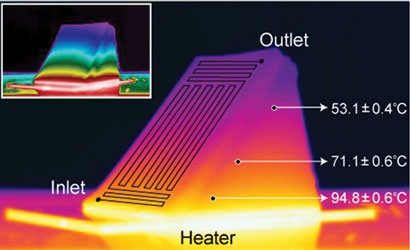It’s been a busy year already with so many great papers, so here are some HOT articles from Analyst that you might have missed this month!
Why not take a look, they will be free to read for 2 weeks.
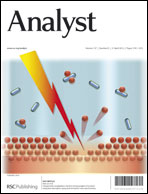 A hydrophobic entrance enhances ion current rectification and induces dewetting in asymmetric nanopores
A hydrophobic entrance enhances ion current rectification and induces dewetting in asymmetric nanopores
Matthew Pevarnik, Ken Healy, Matthew Davenport, Joseph Yen and Zuzanna S. Siwya
Analyst, 2012, Advance Article
DOI: 10.1039/C2AN16139G
Analytical investigation of salivary calculi, by mid-infrared spectroscopy
Jean-François Sabot, Marie-Paule Gustin, Katia Delahougue, Frédéric Faure, Christelle Machon and Daniel-Jean Hartmann
Analyst, 2012, Advance Article
DOI: 10.1039/C2AN15924D
Metal-based impurities in graphenes: application for electroanalysis
Sze Yin Chee and Martin Pumera
Analyst, 2012, Advance Article
DOI: 10.1039/C2AN00022A
Integration of gas chromatography mass spectrometry methods for differentiating ricin preparation methods
David S. Wunschel, Angela M. Melville, Christopher J. Ehrhardt, Heather A. Colburn, Kristin D. Victry, Kathryn C. Antolick, Jon H. Wahl and Karen L. Wahl
Analyst, 2012, Advance Article
DOI: 10.1039/C2AN16186A
A novel method for simultaneous analysis of three β2-agonists in foods with the use of a gold-nanoparticle modified glassy carbon electrode and chemometrics
Xiaoyun Lin, Yongnian Ni, Shuzhen Li and Serge Kokot
Analyst, 2012, Advance Article
DOI: 10.1039/C2AN16062E
Flow-through PCR on a 3D qiandu-shaped polydimethylsiloxane (PDMS) microdevice employing a single heater: toward microscale multiplex PCR
Wenming Wu, Kieu The Loan Trinh and Nae Yoon Lee
Analyst, 2012, Advance Article
DOI: 10.1039/C2AN35077G
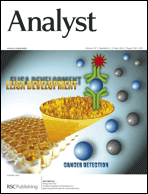 Electrochemiluminescent detection of Mucin 1 protein and MCF-7 cancer cells based on the resonance energy transfer
Electrochemiluminescent detection of Mucin 1 protein and MCF-7 cancer cells based on the resonance energy transfer
W. Wei, D. F. Li, X. H. Pan and S. Q. Liu
Analyst, 2012, Advance Article
DOI: 10.1039/C2AN35059A
Enhanced fluorescent chemosensor for Ag+ in absolute aqueous solution and living cells: An experimental and theoretical study
Mingming Hu, Jiangli Fan, Jianfang Cao, Kedong Song, Hua Zhang, Shiguo Sun and Xiaojun Peng
Analyst, 2012, Advance Article
DOI: 10.1039/C2AN16272E
Ultrasensitive electrochemiluminescence immunosensor using PtAg@carbon nanocrystals composites as labels and carbon nanotubes-chitosan/gold nanoparticles as enhancer
Meng Zhang, Weijian Dai, Mei Yan, Shenguang Ge, Jinghua Yu, Xianrang Song and Wei Xu
Analyst, 2012, Advance Article
DOI: 10.1039/C2AN35186B
A new continuous fluorometric assay for acetylcholinesterase activity and inhibitor screening with emissive core–shell silica particles containing tetraphenylethylene fluorophore
Xiang Shen, Fuxin Liang, Guanxin Zhang and Deqing Zhang
Analyst, 2012, Advance Article
DOI: 10.1039/C2AN35154D
Examining changes in cellular communication in neuroendocrine cells after noble metal nanoparticle exposure
Sara A. Love, Zhen Liu and Christy L. Haynes
Analyst, 2012, Advance Article
DOI: 10.1039/C2AN00034B
Noise Adjusted Principal Component reconstruction to optimize infrared microspectroscopy of individual live cells
Ellen J. (Swain) Marcsisin, Christina M. Uttero, Antonella I. Mazur, Miloš Miljković, Benjamin Bird and Max Diem
Analyst, 2012, Advance Article
DOI: 10.1039/C2AN15868J
Graphene oxide integrated sensor for electrochemical monitoring of mitomycin C–DNA interaction
Arzum Erdem, Mihrican Muti, Pagona Papakonstantinou, Ece Canavar, Hakan Karadeniz, Gulsah Congur and Surbhi Sharma
Analyst, 2012, Advance Article
DOI: 10.1039/C2AN16011K
Expression of membrane-associated proteins within single emulsion cell fascimiles
Mayuree Chanasakulniyom, Chiara Martino, David Paterson, Louise Horsfall, Susan Rosser and Jonathan M. Cooper
Analyst, 2012, Advance Article
DOI: 10.1039/C2AN35047E
Comments Off on HOT Articles from Analyst


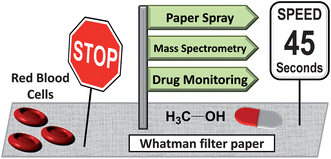









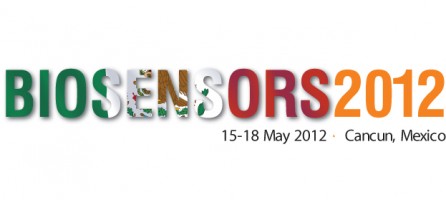
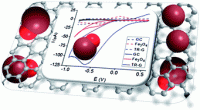
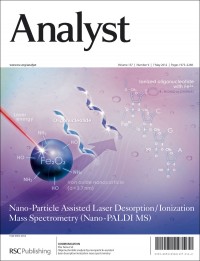
 FACSS
FACSS